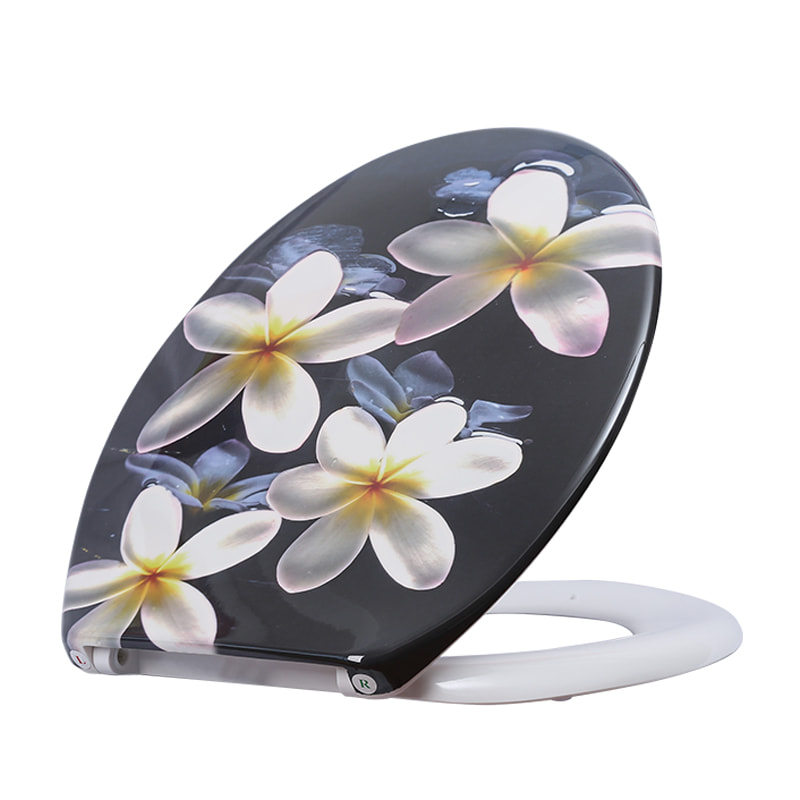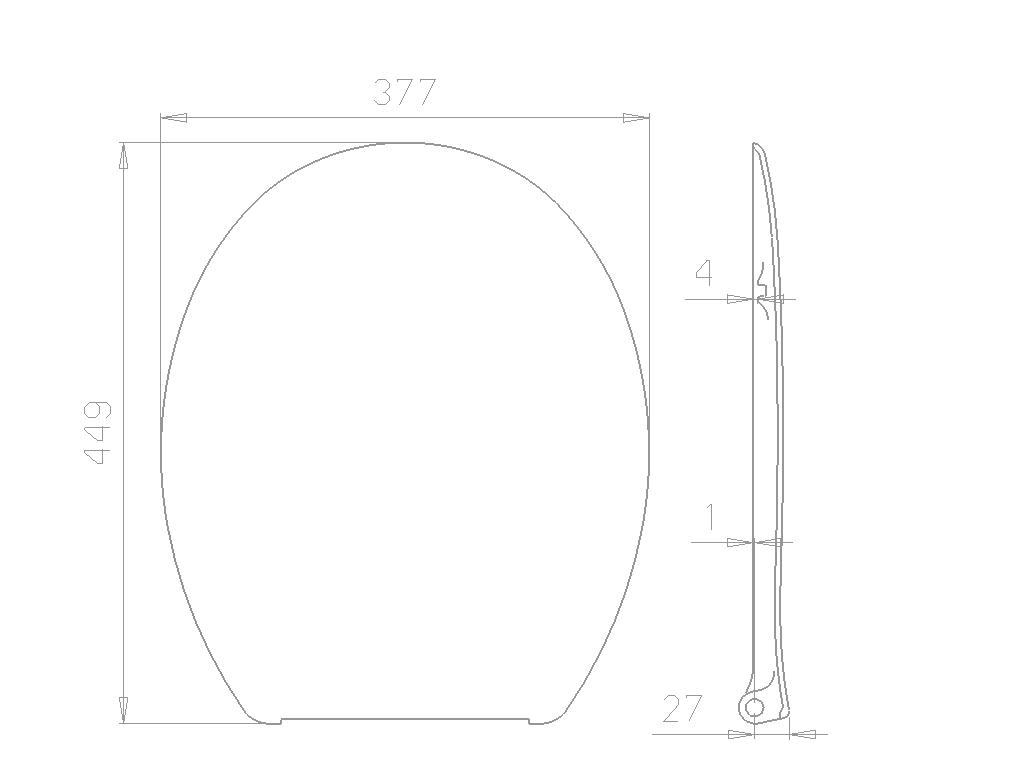

Toilet Seats Cover of the Present Invention
A toilet seat is a piece of furniture that is used in public restrooms and homes. It consists of a lid and a seat, which rest on a tab or hinge. These two objects are connected with a cover that is meant to prevent scratches, marks, and other blemishes. Toilet lid covers come in a variety of colors and materials. For example, some covers are made from plastic, while others are made from paper. There are also heated toilet seat covers that are usually used in homes.
Toilet seats are cleaned more often than most other parts of a restroom. However, these surfaces can become dirty through a gradual accumulation of dust. To avoid this problem, you should choose the most clean cubicle you can find. If you have to use more than one stall, make sure that you choose the cleanest one. Alternatively, you could get a toilet lid cover that matches the color of the walls and ceiling in the room.
The toilet seat cover of the present invention is made from a flexible material, such as natural pulp. This material is durable and can resist tearing. In addition, it is water soluble and is easily removed after use. Because it is light, it can be folded to 4.25 inches and packed in a small envelope.
An advantage of the toilet seat cover of the present invention is that it can be folded and easily stored in a pocket. This allows it to be used in a wide range of situations. When it is not being used, it can be tucked away in a suitcase, briefcase, or handbag, so it can be taken on vacation. Similarly, if you are traveling and are worried about germs, you can throw your seat cover in a trash bag.
Another advantage of the toilet seat cover of the present patent is that it can be folded and easily removed. This means that you can quickly wipe down the toilet without any trouble. Once the cover is dirty, you can wash it off with your toilet brush or a detergent, and it can be reused.
Toilet seats cover of the present invention may be accommodated on the axle of a conventional bathroom tissue dispenser. However, it is preferred that the sanitary toilet seat cover be made from a continuous web of nonporous material. One way to achieve this is to fold a sleeve of flexible material and then collapse it to form first and second layers. Each layer is arranged on the front and back edges of the sleeve, and each of the layers is perforated to facilitate deployment.
Perforation lines are located in the front and back of the sleeve, and they are designed to separate the waste portion from the protective flap portion of the sanitary toilet seat cover. Further, the flap can hang downward and be whirled away when flushing.
A further feature of the toilet seat cover of the present invention includes a double-layer perforation line that penetrates the layers 110 and 111 and defines a protective front flap. A further perforation line is designed to help you remove the flap from the edge of the sanitary toilet seat cover.

MK-07 Printed Duroplast Toilet Seat Cover
 |
 |
Feel free to contact us for your toilet seat products design & manufacturing.